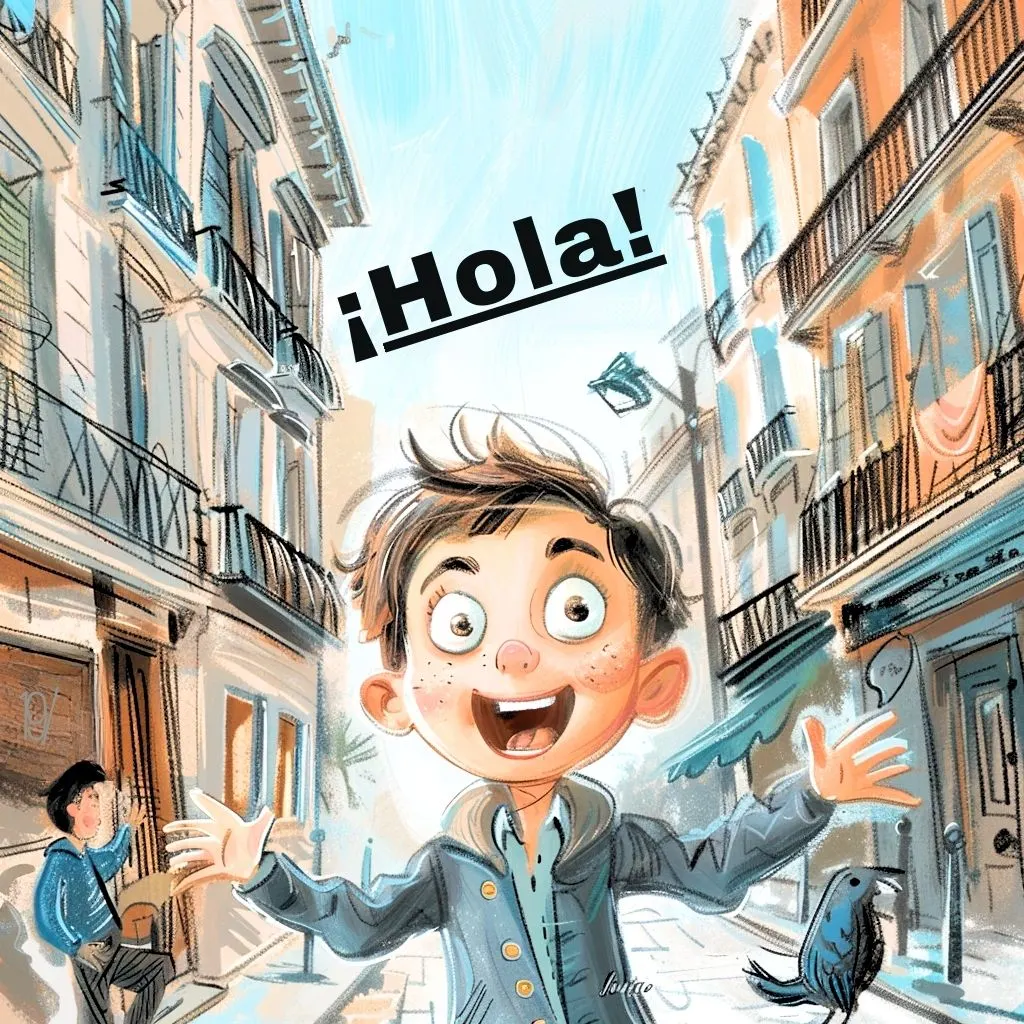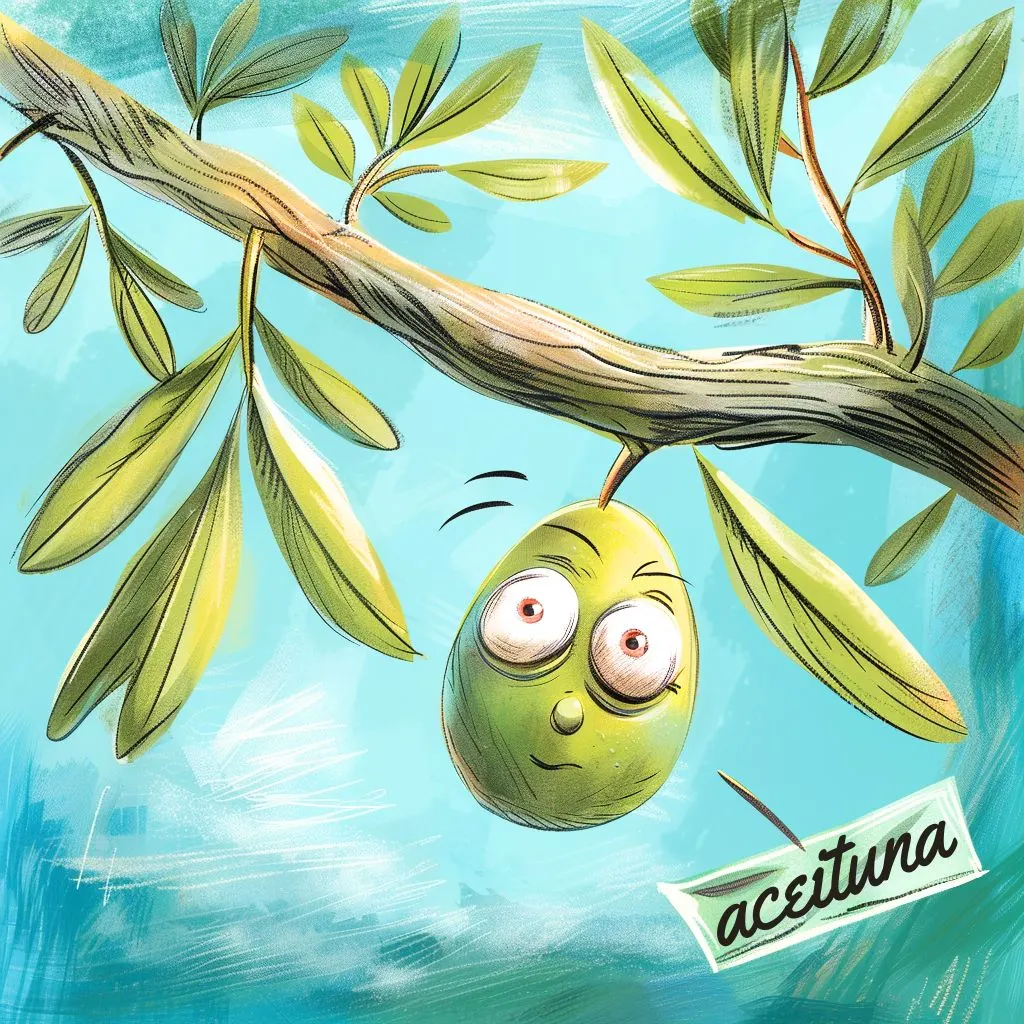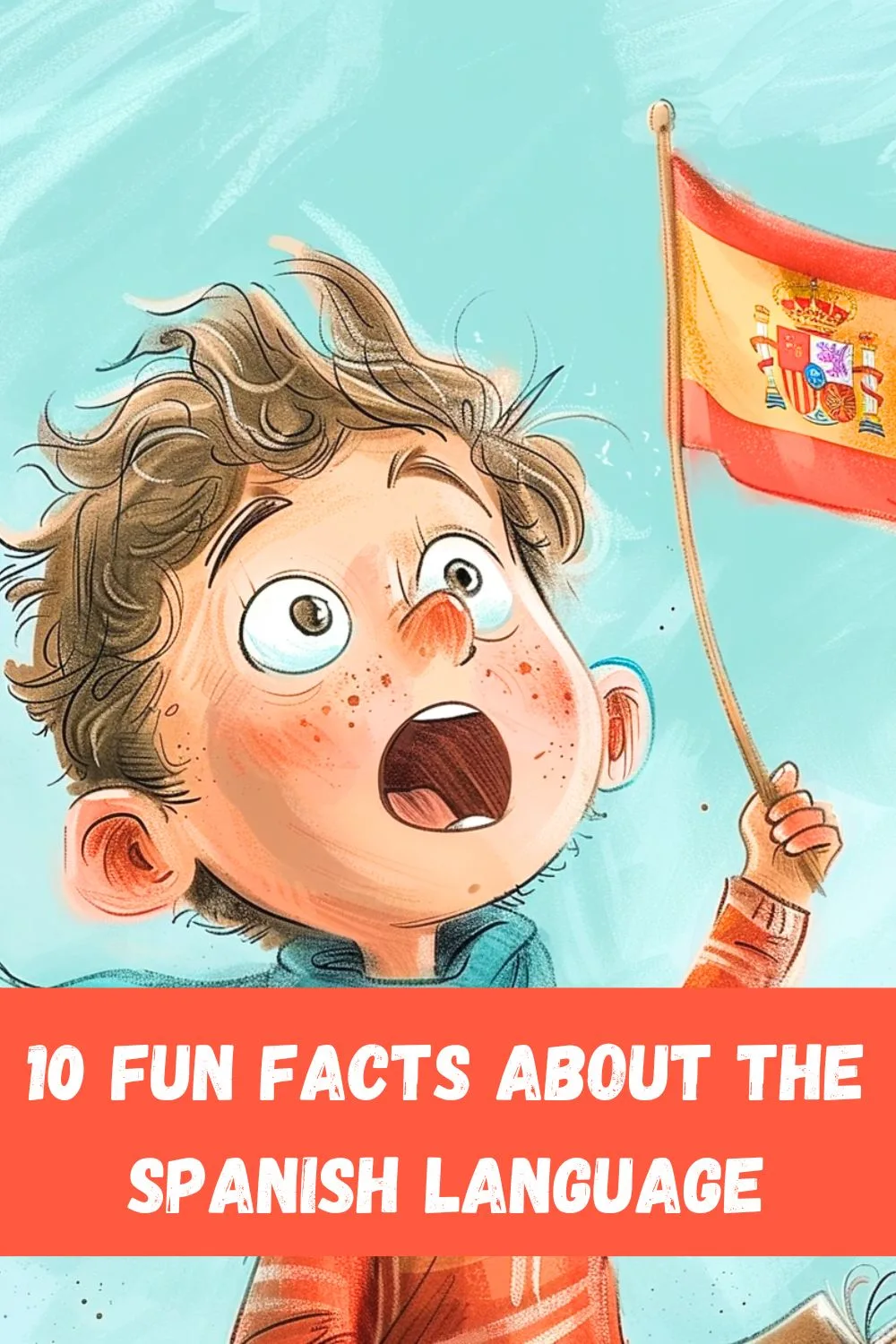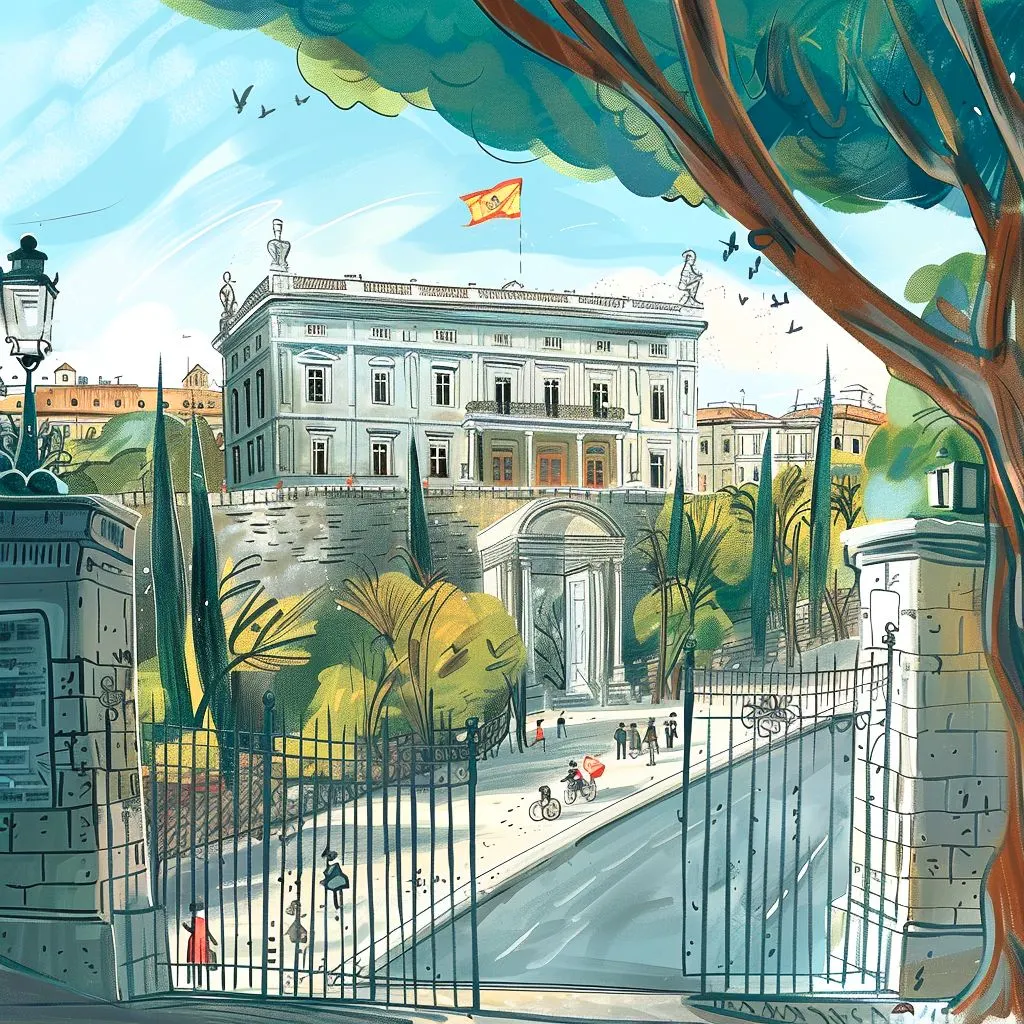1. The Global Chatterbox
Spanish isn’t just a language; it’s a global sensation! With over 460 million native speakers, it’s the second most spoken native language worldwide, trailing only behind Mandarin Chinese. Whether you’re in bustling cities like Mexico City and Buenos Aires or in the heart of Spain, you’ll find vibrant communities speaking Spanish. This extensive reach makes Spanish a key player on the global stage, facilitating communication and cultural exchange across continents.
2. A Tale of Two Names
In Spain, Spanish is often referred to as “Castellano” to distinguish it from other regional languages like Catalan, Galician, and Basque. The term “Castellano” originated in the Castile region, where the language developed significantly during the Middle Ages. As the Kingdom of Castile expanded, so did its dialect, eventually becoming Spain’s dominant language.
Using “Castellano” highlights the historical and cultural importance of the Castile region. This distinction also appears in Latin America, reflecting a shared linguistic heritage despite regional differences in pronunciation and vocabulary.
The duality of “Español” and “Castellano” sometimes sparks debates about identity and regional pride, underscoring the rich and diverse nature of the Spanish-speaking world. This linguistic nuance adds depth to the understanding of Spanish as more than just a language but a reflection of cultural and historical identities.
3. From Madrid to Manila
Spanish is an official language in 21 countries across four continents, reflecting its historical and cultural impact. The spread of Spanish began with the Spanish Empire’s explorations and conquests in the 15th and 16th centuries. As Spanish explorers established colonies, the language took root in regions such as Latin America, parts of the Caribbean, and even the Philippines.
This widespread adoption has made Spanish a key language for international diplomacy, trade, and cultural exchange. In the United States, Spanish is the second most spoken language, highlighting its growing influence. Spanish-speaking countries boast rich and diverse cultures, from the tango rhythms of Argentina to the vibrant festivals of Mexico.
The global footprint of Spanish is a testament to its adaptability and resilience, fostering a sense of unity and shared heritage among its speakers. Whether you’re in bustling urban centers like Madrid and Mexico City or remote villages in the Andes, Spanish serves as a vital link connecting millions of people worldwide.
4. Arabic Echoes
The Spanish language carries the profound influence of Arabic, a legacy of the Moors’ presence in Spain from 711 to 1492. During this period, known as Al-Andalus, the Moors brought their language, culture, and innovations. As a result, approximately 8% of modern Spanish vocabulary is of Arabic origin. Words like “azúcar” (sugar), “arroz” (rice), “alcalde” (mayor), and “aceituna” (olive) are everyday reminders of this historical influence.
The impact extends beyond vocabulary, affecting place names, architecture, and grammatical structures. Many towns and cities in Spain have names derived from Arabic, such as “Guadalajara” (Wadi-al-Hajara, meaning “Valley of Stones”) and “Almería” (Al-Mariyya, meaning “The Watchtower”). The Moorish influence also left a lasting mark on Spanish art and architecture, evident in landmarks like the Alhambra in Granada and the Mezquita in Córdoba.
This blend of Arabic and Spanish culture created a unique and rich linguistic tapestry that continues to influence the Spanish language and culture today. It serves as a testament to the centuries-long interaction between different civilizations on the Iberian Peninsula.
5. Speedy Speakers
Spanish is known for its rapid speech tempo, making conversations lively and dynamic. Linguistic studies show that Spanish speakers articulate syllables quickly, contributing to the language’s fast-paced nature. This brisk tempo doesn’t mean words are mumbled; instead, it reflects the rhythmic and fluid qualities of Spanish.
The fast speech rate can challenge learners, who may struggle to keep up. However, this characteristic also adds to the language’s vibrant and energetic feel, making Spanish conversations engaging and full of life. The quick pace of spoken Spanish is one reason why it often sounds so musical and rhythmic, a trait that enhances its appeal and makes it enjoyable to listen to.
6. Easy Peasy Pronunciation
One of Spanish’s most appealing features is its phonetic nature, where words are generally pronounced as they are written. This consistency makes it easier for learners to master pronunciation. Unlike English, which has many irregular spellings and pronunciations, Spanish follows a more predictable pattern. Each letter in the Spanish alphabet typically has one sound, and this sound remains constant. For example, the letter “a” is always pronounced as /a/, and “e” is always pronounced as /e/. This phonetic regularity simplifies the learning process and helps new speakers gain confidence quickly.
7. Verbal Gymnastics
Spanish is famous for its complex verb conjugations, which can seem daunting to learners. Each verb changes its form depending on the subject pronoun and tense, resulting in various conjugations. For instance, the verb “hablar” (to speak) has different forms like “hablo” (I speak), “hablas” (you speak), “hablamos” (we speak), etc. This complexity allows for precise and nuanced communication, enhancing the expressiveness of the language. Mastering these conjugations is key to fluency, adding depth and richness to Spanish conversations.
8. The Power of Ñ
The unique letter “ñ,” pronounced as “enye,” is a hallmark of the Spanish language. This character is not just a letter but a symbol of cultural identity. It appears in many common words such as “año” (year) and “niño” (child). The origins of “ñ” trace back to medieval scribes who doubled the letter “n” to indicate a palatal nasal sound, eventually evolving into the distinct “ñ.” This letter’s presence adds a special touch to the language, making Spanish instantly recognizable and uniquely its own.
9. Language Guardians
The Royal Spanish Academy (Real Academia Española, or RAE), established in 1713, is crucial in maintaining and regulating the Spanish language. The RAE publishes the authoritative dictionary of the Spanish language and provides guidelines on proper grammar, usage, and orthography. Its mission is to ensure the unity and purity of Spanish, adapting to linguistic changes while preserving its essence. The RAE’s influence extends across the Spanish-speaking world, where its recommendations are widely respected and followed.
10. Cultural Treasure Trove
Spanish is the language of literary giants like Miguel de Cervantes, whose “Don Quixote” is considered one of the greatest works in Western literature. Spanish’s richness extends to vibrant music genres like flamenco, salsa, and reggaeton, which have captivated audiences worldwide. Spanish-speaking countries celebrate many colorful festivals, from Spain’s La Tomatina to Mexico’s Day of the Dead. This cultural wealth makes learning Spanish not just about mastering a language but about diving into a world of diverse and dynamic traditions.

Hey fellow Linguaholics! It’s me, Marcel. I am the proud owner of linguaholic.com. Languages have always been my passion and I have studied Linguistics, Computational Linguistics and Sinology at the University of Zurich. It is my utmost pleasure to share with all of you guys what I know about languages and linguistics in general.









